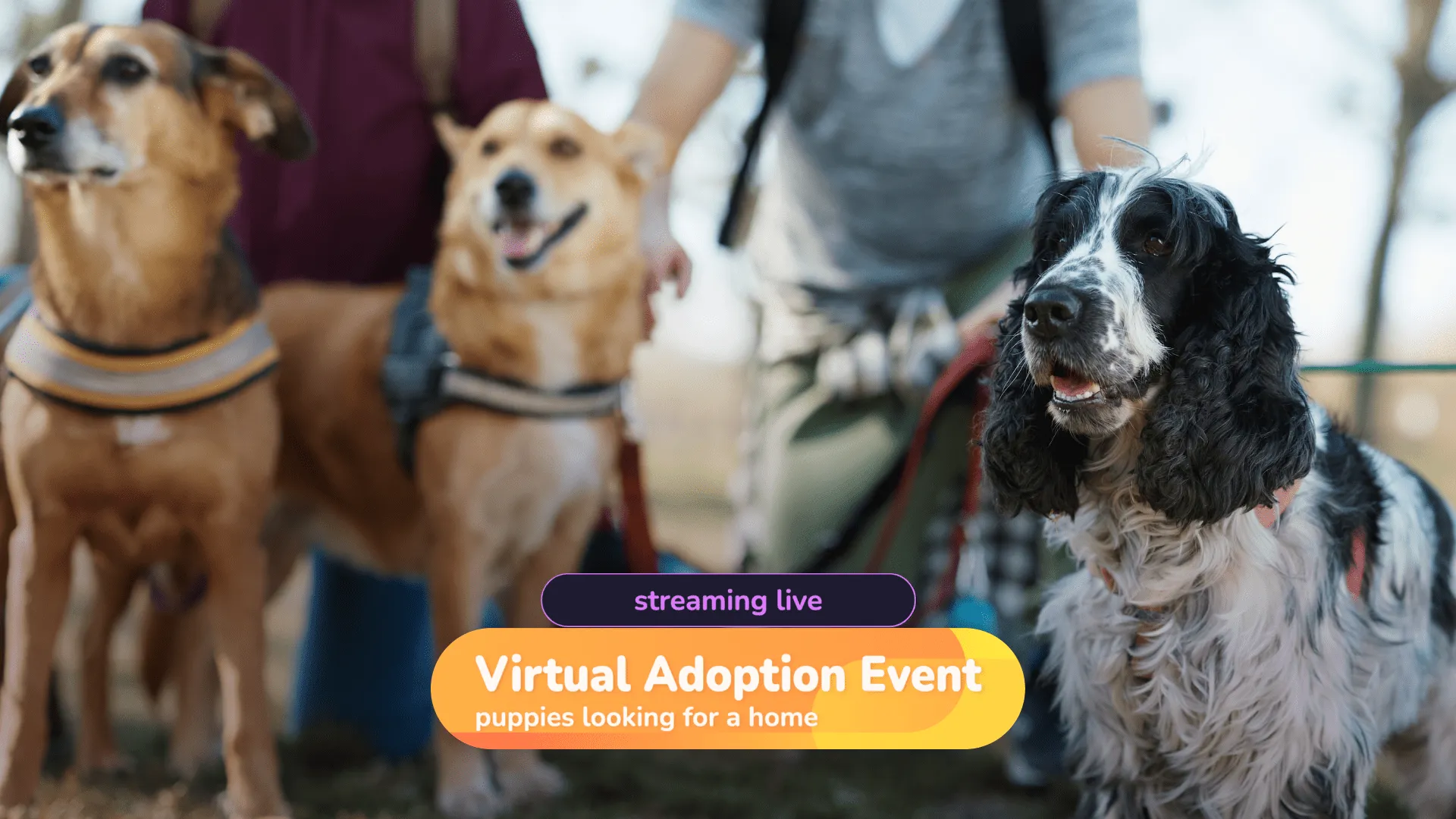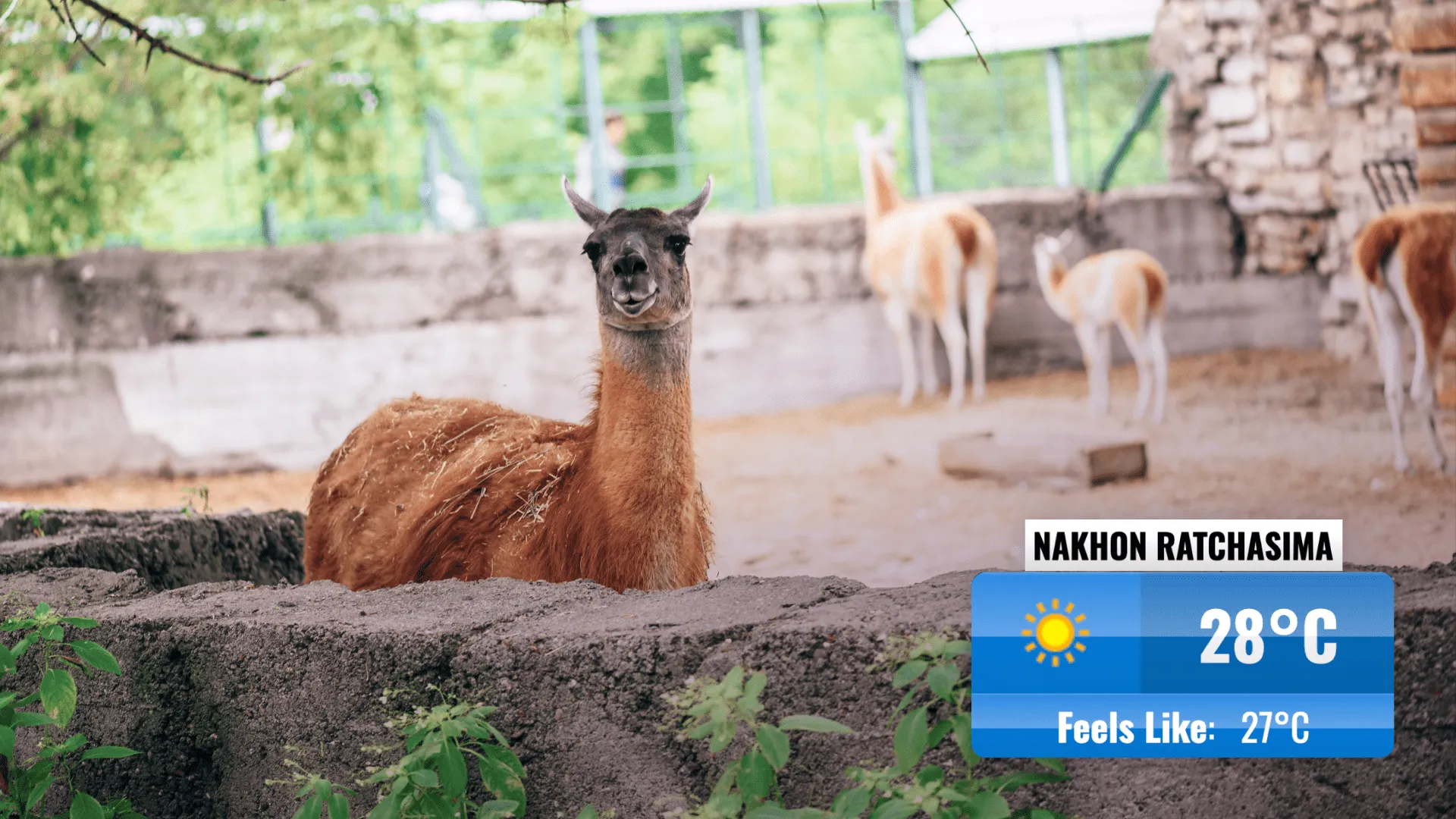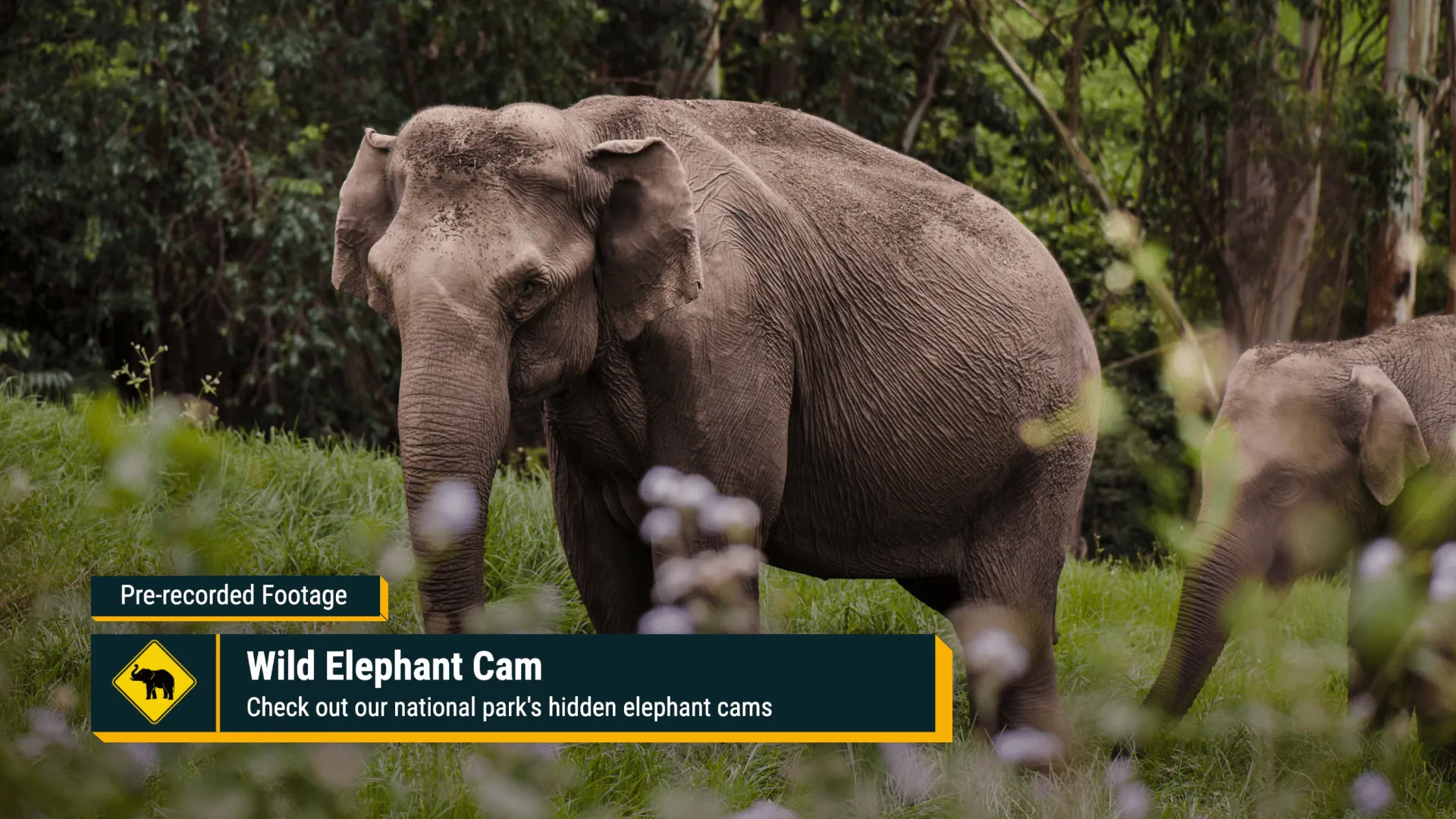Sign up for uno
Language
People from all over the world tune in to watch live streams of zoo enclosures, marine parks, cap adoption centers, and much more just to get a glimpse of their favorite animals. This love for watching animals can be a power for good. In this blog, we’ll explore the benefits of live streaming for zoos, animal sanctuaries, shelters, and national parks.
Many zoos and animal sanctuaries started live streaming during lockdown to provide much-needed distraction to people around the world. This allowed them to continue to educate people on animal conservation, despite restrictions on visitors. Many of these places have retained their live streaming setup to reach thousands, even millions of people.
Zoos can live stream zoo animals and run virtual tours, including areas or enclosures not usually open to the public – showcasing the hard work that goes into running a zoo.
It can also be a good way to explain to people the conservation and rehabilitation that goes on beyond the exhibits and enclosures. Live chats and comments in live streams allow people to interact with each other as a community, get involved, and learn from staff and volunteers.
The bear cams at Katmai National Park, Alaska, were officially established in 2012 to spread awareness, long before lockdowns in 2020. Today, the Katmai bear cams have increased public awareness and encouraged stewardship of wildlife, even in people who might never visit the national park in person.
Live streaming also means more keen eyes observing wildlife while rangers or scientists are off their shift. In some cases, live stream viewers have even helped rangers uncover brand new scientific discoveries.
Similarly, the internet virality of animals like Fiona the hippo at Cincinnati Zoo, and pygmy hippo calf Moo Deng thrust conservation efforts, wildlife programs, and animal welfare into the limelight. An increased audience means more supporters of a good cause, and more people who want to fund, volunteer, and spread awareness to others.

Streaming virtual adoption events can help cats, dogs, and even horses get adopted by letting their personalities shine without the stress of multiple visits, plus with greater reach. This gets animals out of high-kill shelters who might have otherwise been overlooked.
Broadcasting video live can also be a more responsible method of getting close to animals who require special care or are not allowed near visitors. Zoos, aquariums, and animal sanctuaries can set up live streams from non-invasive cameras in burrows, nests, or around feeding areas.
Live streaming nature is also a great way to carry out ecotourism. Rangers and park guides can keep threatened species away from harmful human pathogens. Meanwhile, people can get even closer to the animals they love without intruding or damaging their delicate habitats.

How you build your live stream setup will depend on what you want to broadcast, and how far from infrastructure your recording equipment will be. However, here’s a very general overview of what you will need:

Here at overlays.uno, we have a wide range of stream graphics that are compatible with most streaming software, and can be edited in real time through our online interfaces – no need for technical skills or heavy downloads. Unlock even more benefits of live streaming and educate even more people around the world by adding donation links, website details, and important messages with uno overlays. And, if you want to learn more, join our Discord to get advice from our community of streamers.